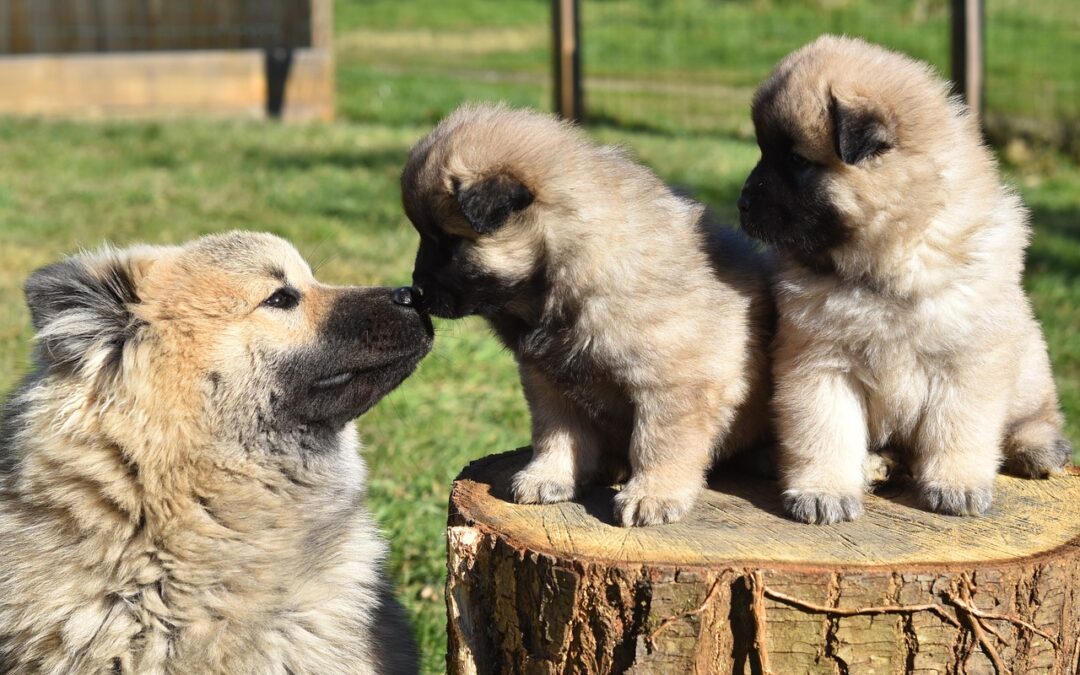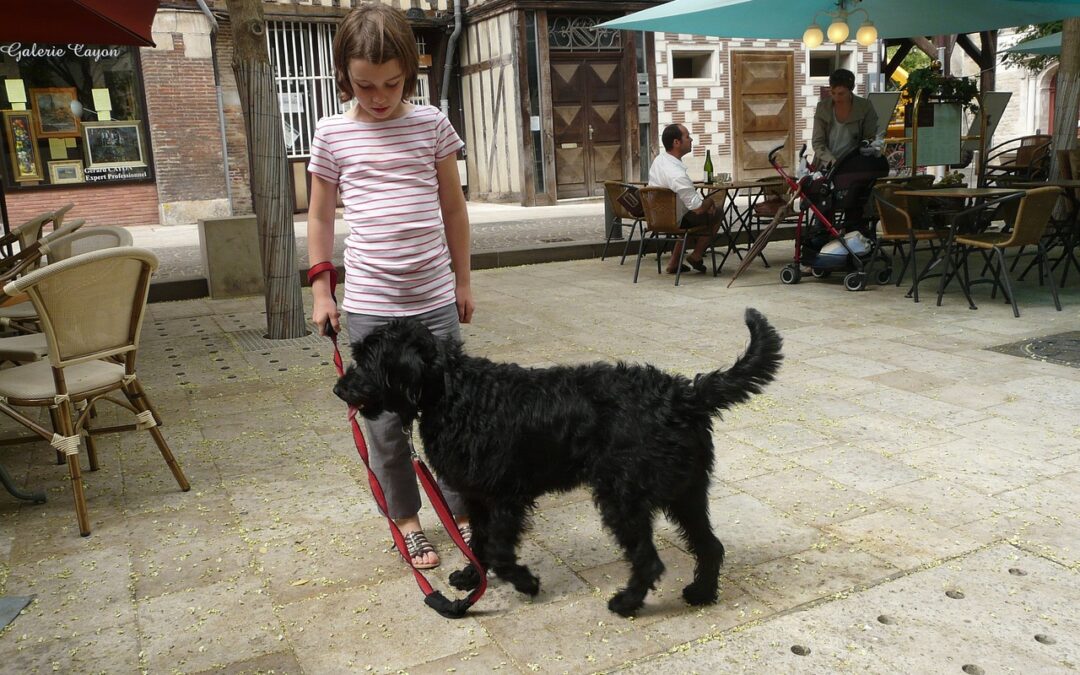Horowitz, D., Landsberg, G., DePorter, T., and Joswich, J. (n.d.). Canine Communication – Interpreting Dog Language. VCA Animal Hospitals. Retrieved June 20, 2023, from https://vcahospitals.com/know-your-pet/canine-communication—interpreting-dog-language.
The Federation of Veterinarians of Europe , VIER PFOTEN / FOUR PAWS – European Policy Office, European Society of Veterinary Clinical Ethology (ESVCE), National Animal Welfare Inspection Service, The Netherlands, Croney, C., Baqueiro Espinosa, U., McEvoy, T., Pfaller, N., Jessop, M., Hilby, E., Tasker, L., & Mertin, I. (2020). Welfare in pet trade: Responsible dog breeding guidelines. Food Safety – European Commission. Retrieved January 2, 2023, from https://food.ec.europa.eu/system/files/2020-11/aw_platform_plat-conc_guide_dog-breeding.pdf
Todd, Z. (2021, November 28). All about dog training: The best way to train your dog. Skill building, Training
The Academy of Veterinary Behavior Technicians (AVBT).(n.d.). Retrieved December 12, 2021 from https://avbt.net/
Animals speak all of the time, as spoken through their body language, but many times their messages are misunderstood or go unheard. As a result, a dog may be placed in a situation or interaction where they’re uncomfortable, but if polite requests for help or requests for space go unheard, their body language and behavior may escalate to a louder shout (think: lunge or growl) to get others to listen.
Ilska, J., Haskell, M.J., Blott, S.C., Sánchez-Molano, E., Polgar, Z., Lofgren, S.E., Clements, D.N., and Wiener, P. (2017). Genetic characterization of dog personality traits.





